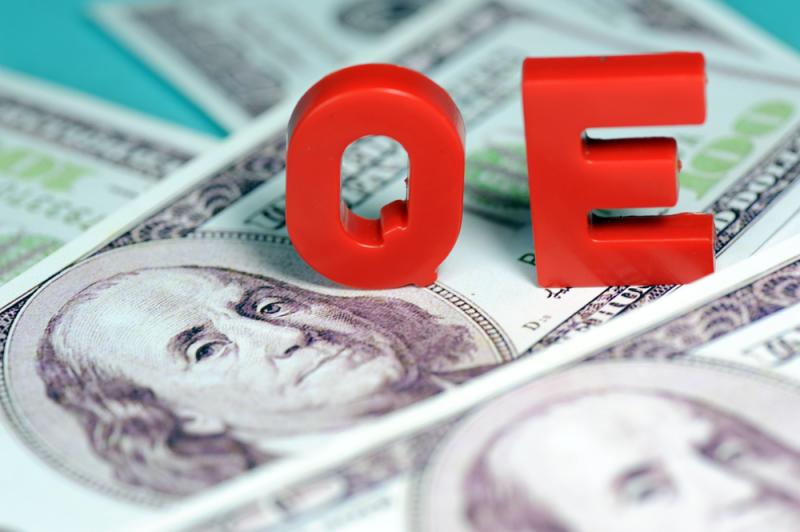Quantitative easing is a recent technique popularised by the Federal Reserve of the USA after the crisis of 2008 in order to keep the economy liquid enough.
The Significance
In big or small measures central banks have tried something remotely similar to QE – whenever the CBs decided to pump liquidity into the economy, they have cut the lending rates so that it becomes easier for the borrowers.
However, in the wake of the crisis of 2008, the central banks’ such measures failed even after bringing down the interest rate to zero (liquidity trap) and then they resorted to QE.
The Methodology
The basic principle of QE is that the FED never buys bonds from the market using already extant money, rather at first, it creates money and then purchases bonds, assets etc -in this way it has pumped in new money into the economy thereby boosting economic activity.
Asset Purchase Program
QE involves buying assets from the economy against newly created money by the FED.
As a matter of fact, before 2008 the FED has pumped 880 million USD and by 2015 the figure stood at 4+ million USD. This was done through various purchases.
Fractional Reserve Banking
The FED has been issuing dollars into the American Economy against assets in essence. This liquidity has propelled circulation of more dollars through economic activity yielding returns that were added to the economy.
Quantum of the Issue
The Feds basically bought bonds from any bank that offered them the least rate of purchase.
Ramification
Since every economy is connected to the American Economy is some way, so even now any changes in QE by the FED has huge implications all over the world.
#Helicopter Money – One process wherein the central bank literally prints money and uses that to buy bonds and assets thereby injecting liquidity into the economy.
